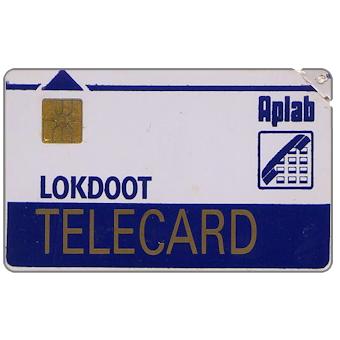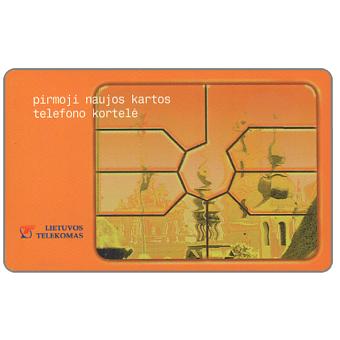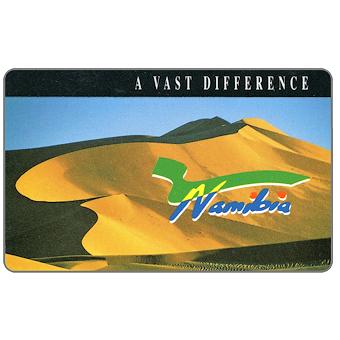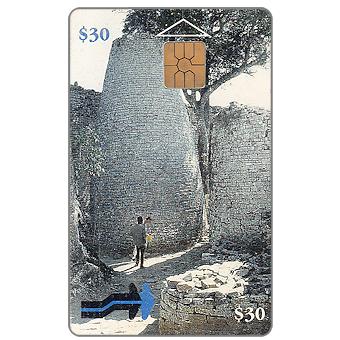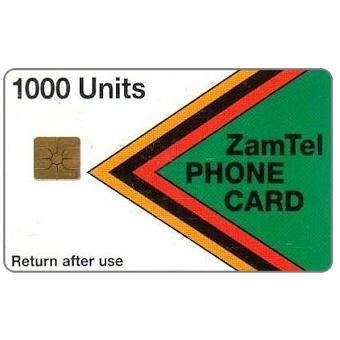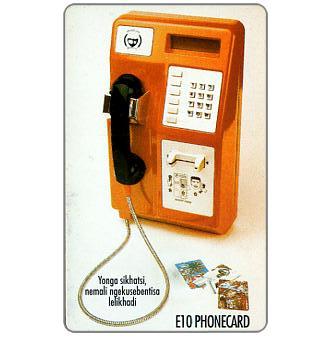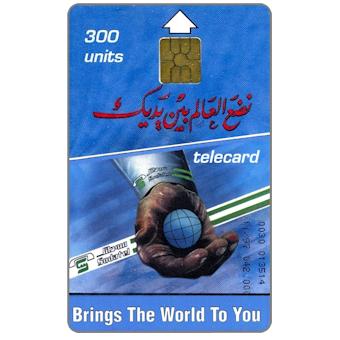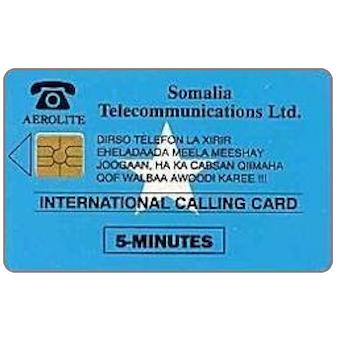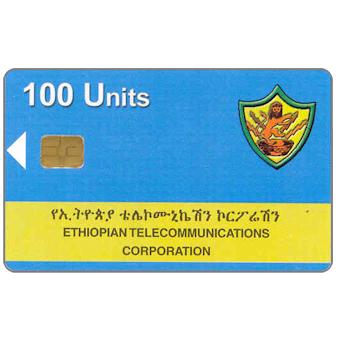The Indian telephone company used two types of telephone cards, both supplied by the Indian company Aplab: the chipcard, which was in effect a disposable card and mounted chips made by Aplab itself or by…
Chip cards, the winning technology
Chip cards represent the 'new wave' in prepayment telephone cards and have been used in most countries in the world. The system was patented by a Frenchman, Roland Moreno, and was first introduced, following a…
Namibia, 1993
Following a few months of field trials with cards provided by South African Telkor, the first regular cards were issued in December 1993. Produced by GPT, they had the facial value expressed in Rand (R…
South Africa, 1993
Many systems and many types of cards have been tested in South Africa, both by Telkom, the national telephone company, and by other companies, such as Telkor, MTN, Transtel, Temsa, and others, making this an…
Zimbabwe, 1995
The first phone cards of this nation were two chip cards illustrated, issued by P & T Corporation, the national telephone company. Face values were $ 30 (Zimbabwe dollar) and $ 100, both with a…
Zambia, 1996
The first card used in Zambia was from the ZamTel Company and it was a card with a Gemplus rechargeable chip. In fact, on the card appears the writing "Return after use", ie it had…
Swaziland, 1998
Cards with chips were issued by Swaziland P. & T. Corporation. The first two were a pair of values with expiration date 03/2000: E10, depicting a card phone, and E20, with the image of His…
Sudan, 1997
The Sudatel company issued the first telephone card in 1997: it was a card with Gemplus GEM2 chip and a circulation of 42,000 copies. The 1998 calendar was printed on the back. Following this, other…
Somalia, 1993
Little is known about Somali phone cards. In 1993, chip cards issued by Aerolite Somalia Telecommunications Ltd appeared in the collectibles market: the country had just come out of the civil war, and some private…
Ethiopia, 2003
The first Ethiopian cards were made for the Armed Forces and therefore were not accessible to the public. They were issued by the Ethiopian Telecommunications Corporation, and printed by F.N.M.T. Spanish, which provided three values,…



